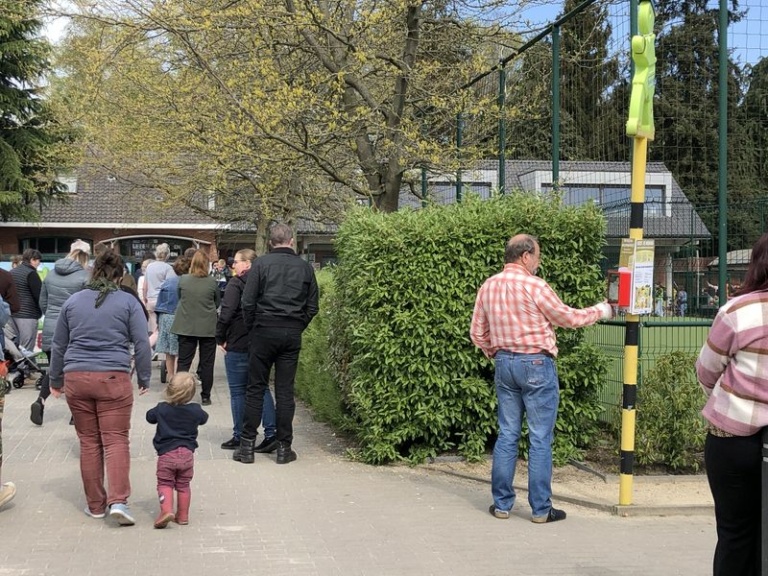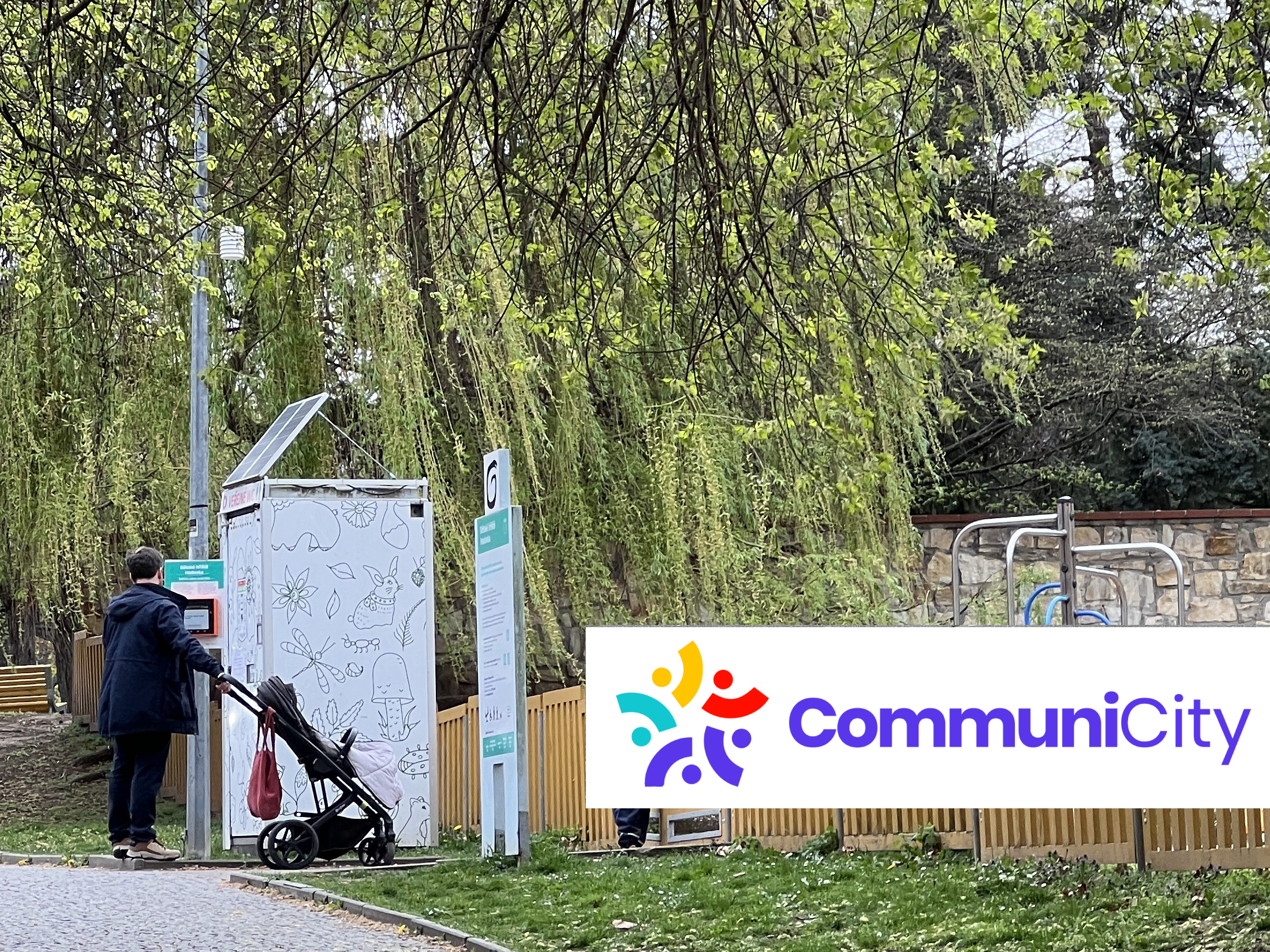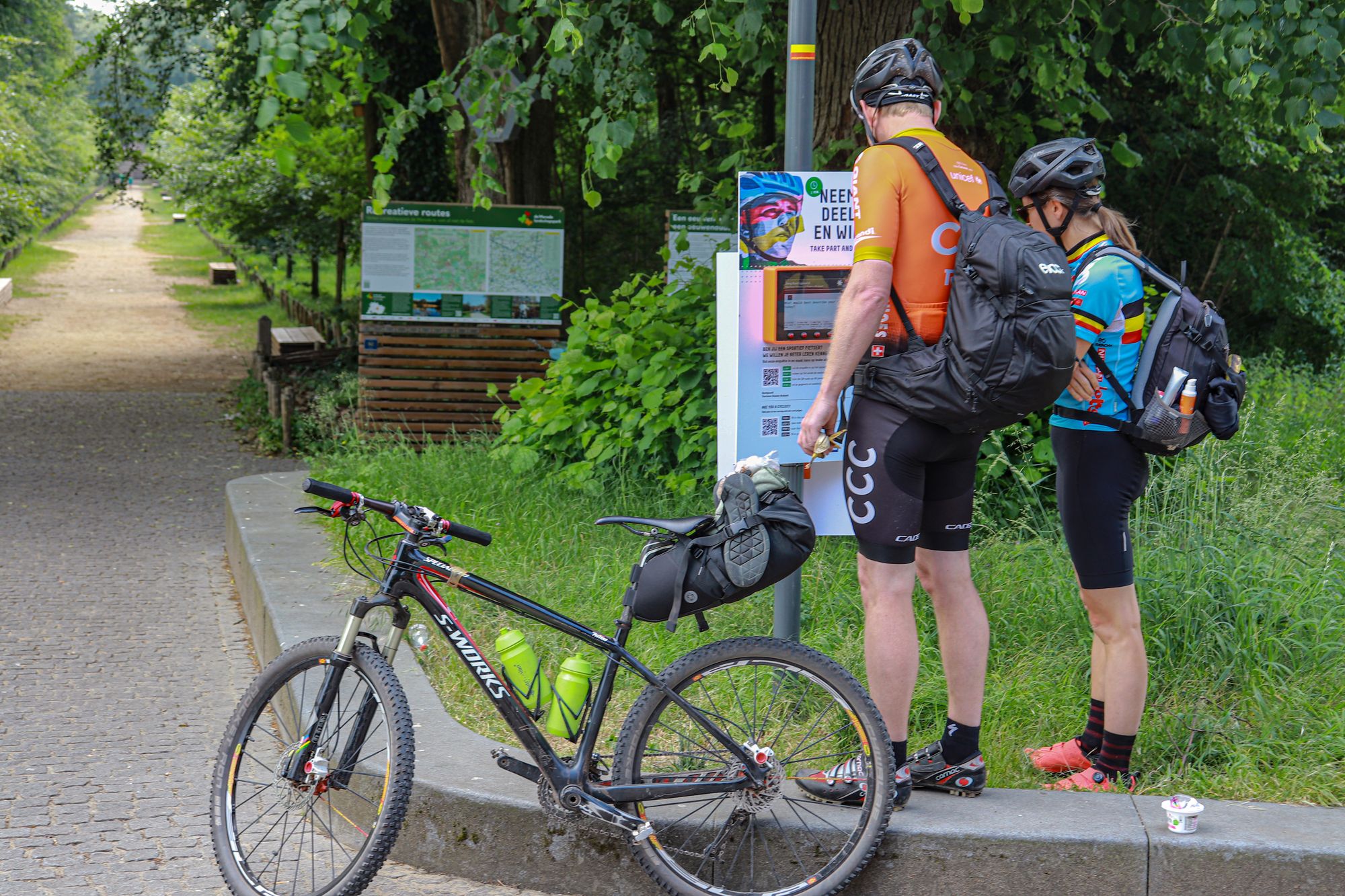Evaluating mobility changes in Zandhoven
What were the objectives of this case study?
The objective in this case study was to assess the public perception of two mobility changes in Zandhoven. We gathered insights on how people perceived the temporary implementation of a traffic filter and the conversion of a street into a one-way street. The traffic filter was designed to increase bicycle traffic and improve safety, while the one-way street aimed to reduce traffic and provide a safer environment for young cyclists.

How were the timing and locations selected?
The timing and locations were selected based on the level of discussion surrounding the traffic filter and the possibility of collecting insights from locals and passersby through the CDK location-based devices.
Both mobility changes were implemented outside of the municipal center. The traffic filter was installed in a residential neighbourhood, near to a bridge that is often used by cyclists to visit a nearby hiking trail. The one-way traffic change was implemented in the area surrounding a kindergarten and primary education school in a sub-municipality.
How was the deployment carried out?
The deployment was carried out over a three-week period and reached 406 participations, making it one of the most fruitful deployments in such a period. On average, each participant answered 9 questions with a total of over 4.300 interactions across the two locations.
The approach also proved effective in comparison to the concurrent online survey, which gathered only 215 participations about these two changes.
What were the insights from the initiative?
Interestingly, 20% of the CDK participants were younger than 25 years old, while only about 1% of the online participants fell within that age group.
The insights gathered from this initiative showed that residents in the vicinity of the traffic filter have a strong attachment to their street, with some feeling even more strongly after the implementation of the traffic filter. 62% of respondents believed that the traffic filter improves street safety, and 30% wanted to cycle more often thanks to the traffic filter. However, 50% of respondents in the school environment, mainly local residents, did not think the intervention was a good idea. Consequently, this intervention was not adopted permanently.
A summary of the findings can be read on the municipality’s website.
A newspaper article about the initiative was published here.


Reflections
We strongly believe that this case study shows the unique value of Citizen Dialog Kit as a method for citizen engagement. The ability to gather feedback from any person who visits the location of a test setup is very powerful. It goes beyond anyone who would attend an in-person event or even receive the information about an online survey.
Mobility changes are tough. They do not only impact the local neighbourhood, but also visitors, commuters and tourists. Gathering feedback from all of these groups and different demographics is particularly challenging. It is a perfect use case for Citizen Dialog Kit devices.






